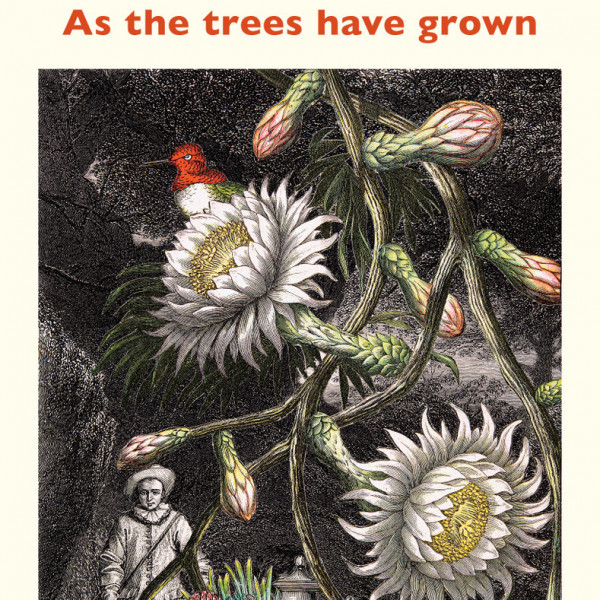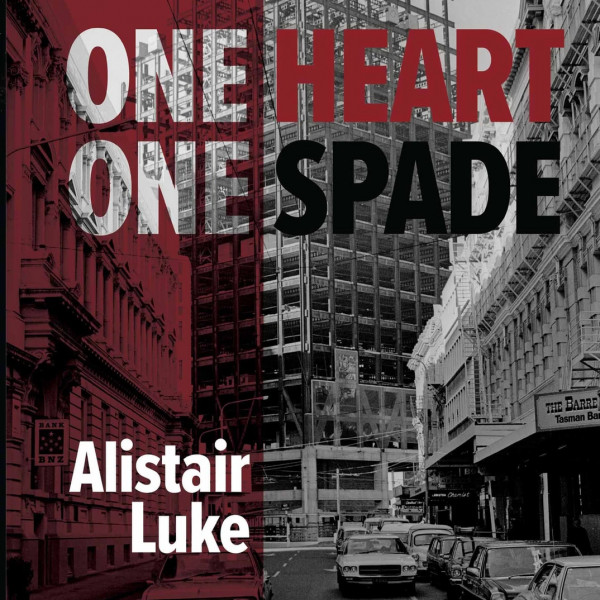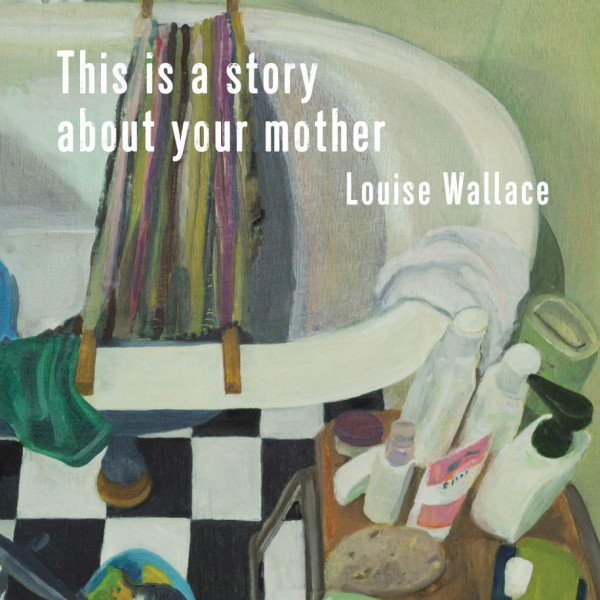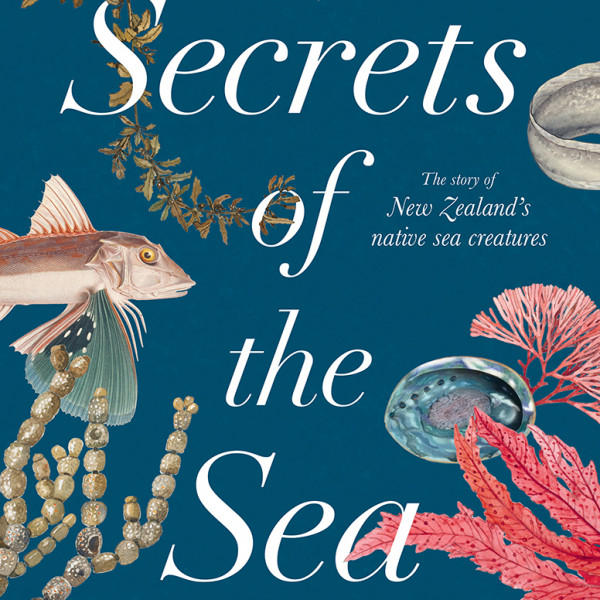
As the Trees Have Grown
Written by: Stephanie de Montalk
Te Herenga Waka University Press
Reviewed by: Margaret Austin
Tastefulness, mystery, and a celebration of nature characterise this poetry collection and are aptly heralded by its cover: full grown blossoms amongst dark tree foliage, a bright-coloured bird nestling, and a mysterious figure just discernible in the background.
De Montalk is clearly captivated by trees and birds. Descriptions of both are deeply rooted in her poems and fly about in them as reassuring images. Indeed, the need for reassurance is a theme – our poet is seeking solace for her own critical life-changing condition. Fixed wing has as its central metaphor a medical evacuation flight during which the plane’s trajectory embodies and reflects the physical condition of the passengers.
As the Trees Have Grown suggests a simplicity of content perhaps, but the language and some of the references are another matter. Referring to the end notes will be essential for most readers. That said, I recognised with delight the title Amor Fati (the love or embrace of fate), which is the central tenet of the stoic philosophers. The poet recalls the story of a brown trout, said to be the pet of a train driver, and which travels – haplessly – towards a possibly unwelcome destination with its owner. You can’t get much more esoteric than that!
There’s a return to the creatures de Montalk loves and celebrates in In Passing, where we read about mountain hares, Siberian tigers, and frugivorous (you see what I mean about language) bats. Plus a kererū “Hefty, red-eyed, / shuffling along a branch, / stretching its rainbow neck”. And in After the rains broke there’s plenty of weather: “Creeks stalked the undergrowth” and “campers stowed / biddable awnings / and multi-roomed tents”.
The final poem, Sleave of care, is a lengthy hymn of celebration and thankfulness to trees. Esoteric again, the ‘sleave’ of the title originates in Shakespeare’s Macbeth with its reference to the balm of sleep. Amongst catkins and camelias, elms and spruces and oaks, the writer’s preoccupation with nature and its calm and reassurance prevails.












